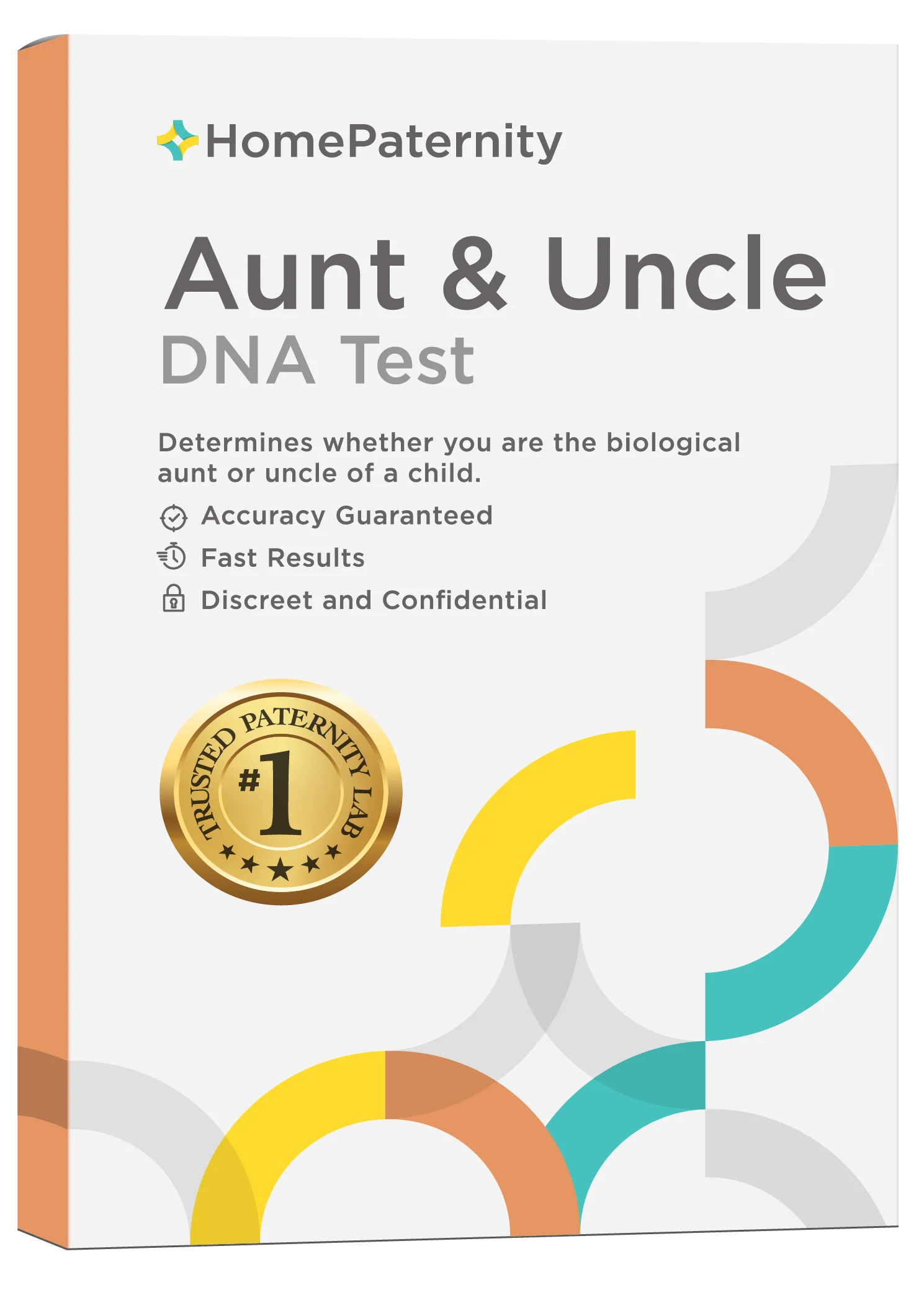Description
Accuracy Guaranteed
Up to 34 genetic regions testedDiscreet
Get answers privatelyAABB Accredited Lab
Results from the most accredited lab in the worldEasy At-Home Test
No doctor’s visit required
Get clarity about your relationships with a sibling DNA test.
Order an at-home sibling DNA test and get answers to help you move forward.
Why Us?
As a world leader in DNA testing with over 25 years of experience and over 20 million tests performed, we don’t use third-party labs. Our in-house lab has earned the highest amount of accreditations attainable and is based in the U.S.A. Tests are run TWICE in our AABB, ISO 17025, CAP, & CLIA accredited lab and examine 34 genetic markers, confirming paternity with the highest accuracy—99.999%+.
Accreditations
Frequently Asked Questions
Is a sibling DNA test as accurate as a paternity test?
A home sibling DNA test is just as accurate as a paternity test. However, your results might not be as conclusive. If you’d like to strengthen your results, consider having the child’s mother participate in the DNA test.
Can a sibling DNA test be done without a mother’s DNA?
A sibling DNA test can be done without the mother; however, for possibly full siblings, including the mother’s DNA can help our team of analysts determine which DNA characteristics of the two siblings come from the father’s side and which come from the mother’s side, which can help strengthen the conclusiveness of the results. HomePaternity always recommends using the mother’s DNA in both full-sibling DNA tests (determines whether two siblings are full-siblings or half-siblings), where the siblings share the same mother.
Can I get a legal sibling DNA test?
No, HomePaternity does not offer a sibling DNA test that can be used for legal purposes.
What do the results of my sibling DNA test mean?
Interpreting the results of a sibling DNA test can be a little more challenging than a typical paternity test. Calculations for a sibling DNA test involve statistics, so the results will appear as a probability of relationship (which is shown as a percentage):
- 90% or higher: the relationship is supported by DNA testing
- 9% – 89%: inconclusive result and additional parties need to be tested
- Below 9%: the relationship is not supported by DNA testing
If a probability of relationship (PRI) of 92% is given for a full sibling test, the result could be understood as: “Given that the tested parties share a mother, there is a 92% probability that the persons tested have the same father.”



























